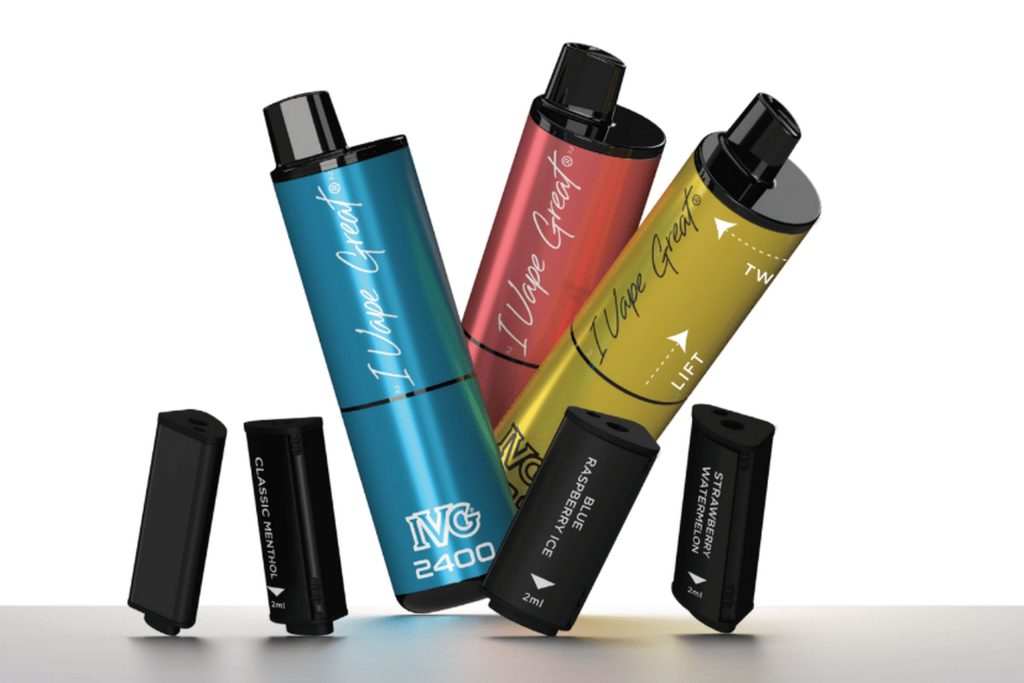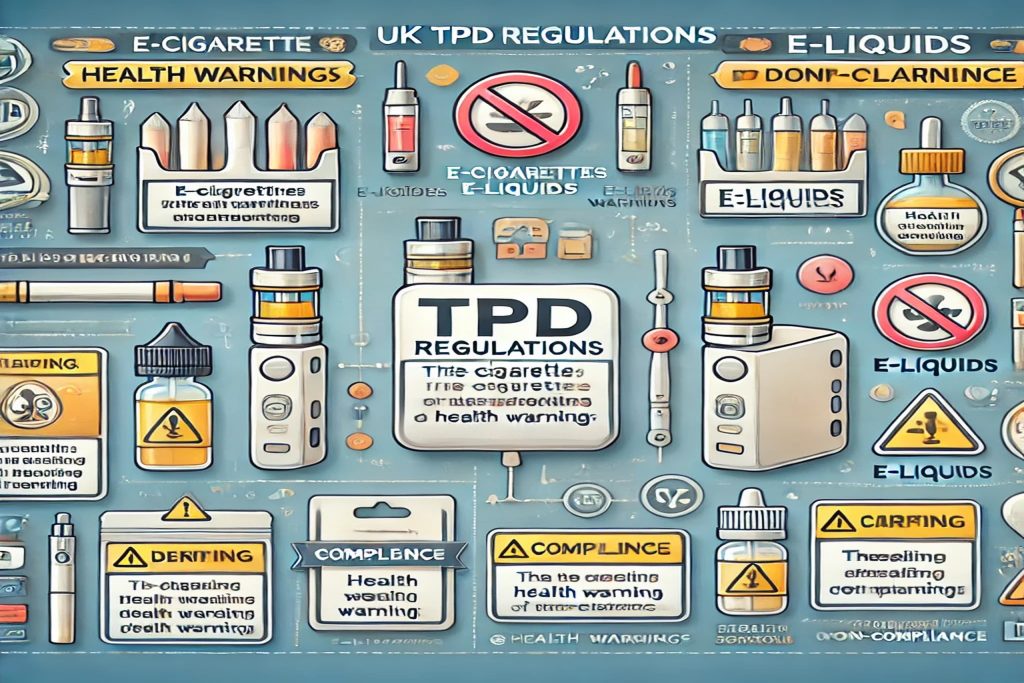Ultimate Juice Blog
Mastering Battery Safety: A Vital Guide for Vapers

Introduction to Battery Safety:
In the world of vaping, battery safety is paramount. Whether you’re a seasoned vaper or just starting out, understanding how to handle and maintain your batteries is crucial for a safe and enjoyable vaping experience. In this guide, we’ll delve into the essentials of battery safety, providing clear and concise advice to keep you vaping safely.
Understanding Battery Safety Basics:
Before we dive into safety measures, let’s start with the basics. Most vape devices use rechargeable lithium-ion batteries due to their high energy density and ability to provide sufficient power for vaping. These batteries come in various shapes and sizes, including 18650, 20700, and 21700, with each offering different capacities and power outputs.
Key Safety Tips:
- Quality Matters: When it comes to batteries, never compromise on quality. Invest in reputable brands from trusted suppliers to ensure you’re using genuine, high-quality batteries. Counterfeit or low-quality batteries can pose serious battery safety risks, including overheating, leakage, and even explosion. Shop our range of trusted batteries here.
- Battery Storage: Proper storage of batteries is essential for preventing accidents. Always store your batteries in a cool, dry place away from direct sunlight and heat sources. Avoid carrying loose batteries in your pocket or purse where they could come into contact with metal objects, which may cause a short circuit.
- Battery Wraps: Inspect the wraps of your batteries regularly for any tears, nicks, or damage. Damaged wraps can expose the metal casing of the battery, increasing the risk of a short circuit. If you notice any damage, rewrap the battery immediately using high-quality insulating wraps to prevent accidents.
- Charging Precautions: Use only the charger provided by the manufacturer or a reputable third-party charger specifically designed for your battery type. Avoid leaving batteries unattended while charging and never charge them overnight. Overcharging can lead to overheating and potentially cause the battery to vent or explode.
- Avoid Over-Discharge: Continuously draining your batteries to the point of complete discharge can damage them and reduce their lifespan. Most vape devices have built-in protection circuits to prevent over-discharge, but it’s still essential to monitor your battery levels and recharge them before they reach dangerously low levels.
- Temperature Control: Extreme temperatures can adversely affect battery performance and safety. Avoid exposing your batteries to temperatures below freezing or above 113°F (45°C). If you’re vaping outdoors in hot or cold weather, take extra precautions to keep your batteries within a safe temperature range.
- Proper Handling: Handle your batteries with care, avoiding unnecessary impacts or drops that could damage them. Always use battery cases or sleeves when transporting spare batteries to prevent accidental contact with metal objects.
Conclusion:
Battery safety is not something to be taken lightly in the world of vaping. By following these essential tips and guidelines, you can minimise the risk of accidents and enjoy a safer vaping experience. Remember, prioritising safety ensures that you can continue to indulge in your favourite e-liquids without compromising your well-being.
By adhering to these fundamental principles of battery safety, vapers can safeguard themselves and their devices against potential hazards, ensuring a smooth and secure vaping journey. For a comprehensive overview on Battery Safety please visit the Office for Product Safety and Standards guidelines here.
Liked this article? Check out other useful guides to vaping here.











